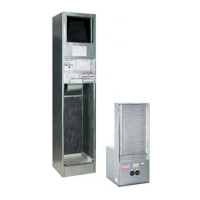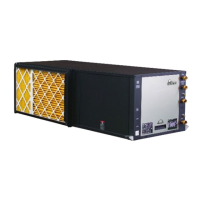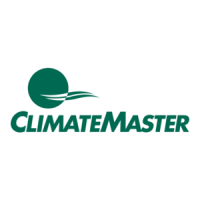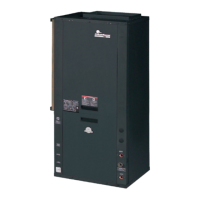Tranquility
Modular
(TRM Series)
Vertical Stack
(VHS) Series
Commercial Vertical Stack
Water-Source Heat Pumps
Installation, Operation &
Maintenance Instructions
97B0056N01
Revision: Nov. 5, 2009B
Table of Contents
Model Nomenclature 3
General Information 7
Riser & Cabinet Installation 9
Cabinet Installation 12-14
Piping Installation 15
Water-Loop Heat Pump Applications 16
Ground-Loop Heat Pump Applications 16
Ground-Water Heat Pump Applications 18
Water Quality Standards 20
Electrical Wiring - Line Voltage 21
Electrical Wiring - Low Voltage 22
Thermostat Installation 23
Chassis Pre-Installation 24
Unit Start-Up Preparation 27
Hose Kit & Chassis Installation 28
CXM Controls 32
DXM Controls 33
Safety Features - CXM/DXM Controls 35
Unit Commissioning
and Operating Conditions 36-37
Piping System Cleaning and Flushing 37
Unit and System Checkout 38
Unit Start-Up Procedures 39
Unit Operating Conditions 40-42
Start-Up Log Sheet 43
Preventative Maintenance 44
Troubleshooting 45-46
Troubleshooting Form 47
Warranty 48
Revision History 50




